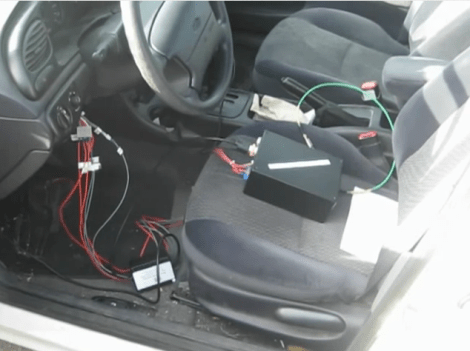So you’ve got a broken gear for you model helicopter, and don’t have a 3d printer handy. If you need your little helo flying right away, [James] wrote in to tell us about his solution. As you may have guessed from the title, he made a tiny mould and produced a copy of the gear he needed with it. Given the complications of printing or some tiny subtractive method, this little gear turned out really nicely!
The video after the break shows all the steps for doing this procedure. If you’d rather just skip to the results, check out around 10:00 to see the finished gear, and eventually the little guy in flight. As noted, he did have to drill a hole in the middle of the gear after the mould process, but this was the only machining operation.
The helicopter gears worked out nicely, but be sure to check out some of the other really interesting projects on the [xrobots], some of which we’ve featured here! Continue reading “Moulding New Gears For A Micro Helicopter”
















